Killing Consumers
For busy schedules and short attention spans, a summary:
- Language shapes how we see the world.
- Calling the people we are trying to reach “consumers” is inaccurate, derogatory, distancing, and hinders smart business decisions.
- As you speak internally about those you hope will buy your products or services, adjusting your word choice from "consumers" to "people" will help you and your organization to be more compassionate, thoughtful, human, and successful as you develop branding and marketing efforts.
Studies show again and again and again: Language matters.
Language shapes our reality, guides our thought process, informs our feelings, and impacts our behavior. Language is the filter through which we see the world.
The word consume is often used to mean the buying of goods or services, with the underlying implication that something is used up or spent wastefully. The term originates from the phrase consumer goods, meaning a product or service designed for consumption with no further value in production.
To refer to people generally as consumers implies that they are not producers.
The term consumer is not kind; it is derogatory and belittling. It is also far from the truth. People have an enormous impact on the building of brands. They participate in the conversation, co-create marketing, and tell stories of their experiences to friends, family, colleagues, and complete strangers. When it comes to branding, people are not just consumers; they are stewards, partners, evangelists, creators, and makers.
The term consumer is also distancing when you want to be as close as possible to the people you’re trying to reach. How often do you think of yourself as a consumer? The book Stumbling on Happiness concludes that we are far more similar than we are different; even those that work in marketing make purchases and have brand preferences. When we use the term consumer we separate ourselves from those we are trying to reach, and it becomes easy to forget that we're speaking to people just like us, with big dreams, racing minds, and complex lives.
To make smart business decisions, know the people you’re trying to reach. Create personas, give each a first name, and read them aloud in the first person around the conference room. Draft up a Day-in-the-Life to expand the view beyond a specific transaction or product use case. Understand their desires, their beliefs, their fears. What excites them? What keeps them up at night? How will your product or service fit into their lives? What are their goals? How can you support and encourage them?
Because they aren’t consumers. They are your constituency; your electorate. They are deciders and choosers, and you hope they will choose you. Simply put: they are people.
As you speak internally about those you hope will buy your products or services, adjusting your word choice from consumers to people will help you and your organization to be more compassionate, thoughtful, human, and successful as you develop branding and marketing efforts.
